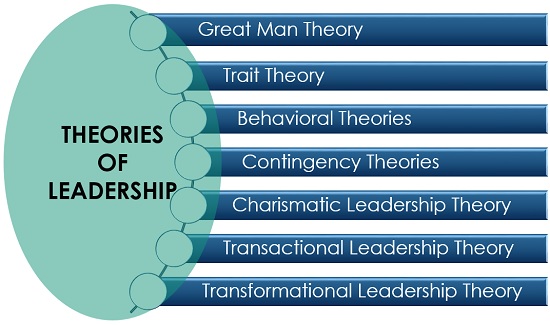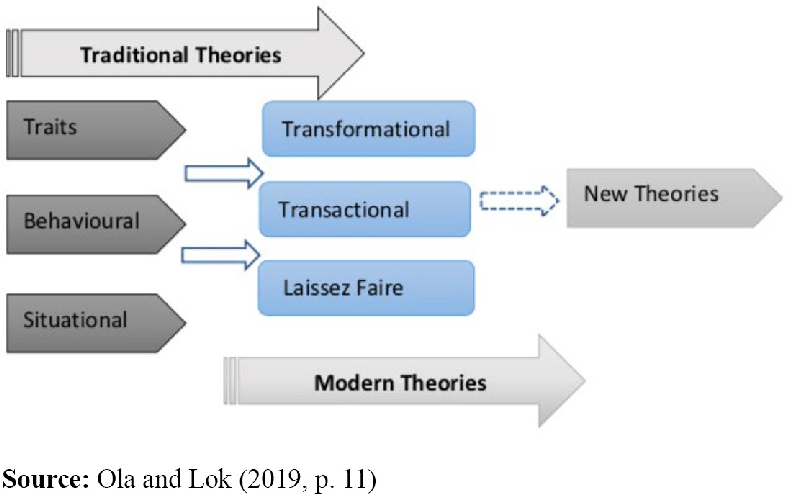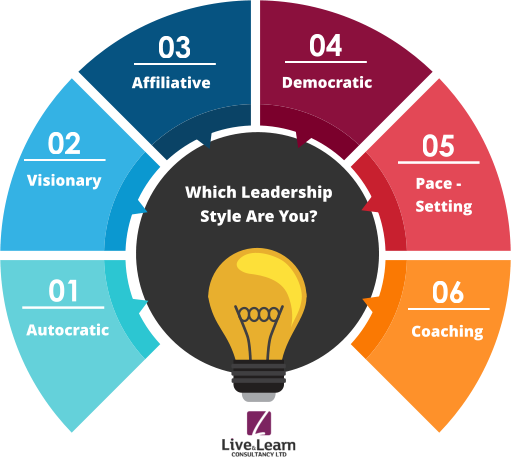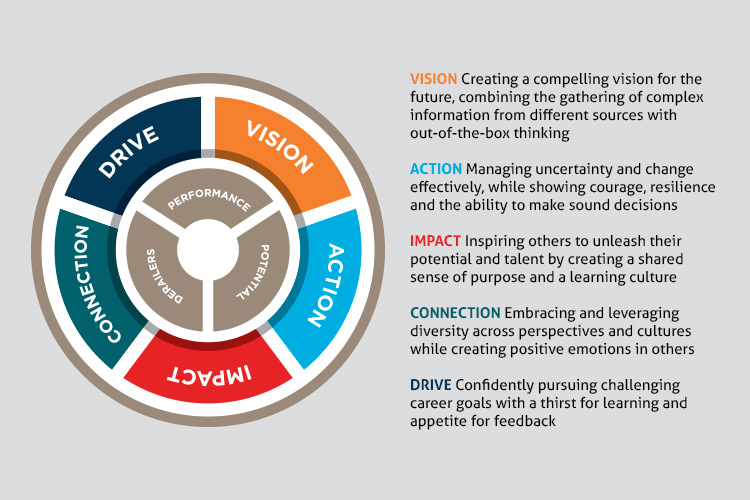
Introduction
In this blog, I will explain and analyse about the organisational culture in Samsung company.
I will use 3 modules/theories of business explain about the organisational culture.
– Handy’s framework to clarify the exist organisational culture
– Iceberg cultural module to identify the problems
– Mckinsey 7S framework to recommend the Samsung business
I hopefully this blog will help you to more understand 3 of these modules.
What is “Organisational Culture” ?
Organizational culture is a meaningful difference between companies that consistently outperform typical benchmarks as well as those who barely meet standards. Culture, on the other hand, can be imprecise and difficult to describe. The infographic below shows the five components that make up corporate culture. (Blue Beyond Consulting, 2020)

Heinz, K. (2021) said that in this present year, 2021, the organisational culture would have 4 types. The first type is clan culture. This type would be focused on mentorship and teamwork. The second type is adhocracy culture, this one is focused on risk-taking and innovation. Next is market culture and focusing on competition and growth. And the last one, it is hierarchy culture. The primary focus is structure and stability.
About Samsung company
Samsung company is a South Korean electronics producer that is one of the worldwide companies. It is because Samsung manufactures a board variety of consumer and industrial electronics, including appliances, digital media devices as well as semiconductors, memory chips, and integrated systems. An outstanding 25% of South Korean exports are now related to this one of the most well-known technical manufactures. (Bondarenko, 2021)
This is the History of Samsung company since 1938 until this year (2021)
Bondarenko (2017) still claimed that even if the main chairmen of Samsung (Lee Kun-Hee in 1996 and his son, Lee Jae-Yong in 2017) got arrested under the government policy. But Samsung still can continue the business in the electronics, technologies, semiconductors and LCD screens. This company was climbing continuously into the top five of the global market shares.
The target of the company is to devote for the new technology, create the best product and services that impact and contribute to be a better world (Samsung, 2021).
Identified Organisational Culture of Samsung by Handy’s framework

The Samsung company could use Handy’s framework for clarifying the organisational culture. Charles Handy has four classes of culture like in the picture above: Power culture, Role culture, Task culture and Person culture.
About Samsung company, because this company is established in Southeast Asia. So, most staffs have the region in Asia. The touchable culture that everyone can see is about seniority in role culture. They are more caring about the position than the skills. Also, in some countries in Asia area, only the power people can make the decision (Power Culture). The problem is about privilege persons in the company that they can control the direction of the organisation even if it is the wrong way. In another cultures, even if it is a small problem, it can affect the overall organisation.
Identified Samsung’s problem by Cultural Iceberg Model
Like I said before, the main problem of this organisation is about Role culture and Power culture. So, this blog would identify the problem by Iceberg cultural module.

The cultural iceberg model is the one of models that use to identify the problem in the organisation.
LYNCH (2017) stated that under the water line shows the concept of what is wrong and right, good and bad. It is about individual attitudes, priorities and values. You can see that the personal of power is stay under this line. So, the question is how you can fine the problem specifically and how you can adjust it.
Samsung company faces the situation when it wants to expand many branches around the world. Because the structure and system of the company in different area is not the same. It should have to change the plan to manage the organisation. Then, I will move on to the conclusion and recommendation part.
Conclusion and Recommendation
To sum up, because Samsung company is the big company in Southeast Asia and well-known around the world. The main problem is about the power culture. Like I mentioned before, someone who has a power doesn’t mean they can manage well. They should work on their capabilities and respect the other’s efficiency. The second problem, the organisation will get the different culture when the company want to expand so, it has to adapt all Mckinsey7S framework for all employees and employers when they have to work together.
Recommendation by Mckinsey 7S Framework
The Mckinsey 7S framework is “a toll that analyses company’s organisational design” (CFI, 2021). The elements are including:
Strong elements (3 elements)
1. Structure – The corporate structure, chain of command, and divisional composition
2. Systems – All systems in the company: the daily routines, processes, and decisions that make up the normal operations within the company system
3. Strategy – The plan to manage organisation’s resource to reach the goal
Soft elements (3elements)
4. Staff – All positions in the company including training, preparing and setting the tasks.
5. Skills – Include of the organization’s workforce and management’s talents and abilities,
6. Style – Knowing the way to approach the management skill
and the last one is in the middle but sometime is in the soft elements,
7. Shared Values – Related to the worker’s behavior within the workplace

Mckinsey 7S framework would help the employers more understanding about the organisation. They would understand the strengths and weaknesses of the company also, knowing the value and easily to determine the organisational cultural quickly (CFI,2021)
Mckinsey 7S module has a strong link between elements. When one element changes, all elements would change. In this blog, I will use two strong elements to give my point of view of the recommendation
- Strategy: “Samsung business strategy is mainly based on market leadership” (Dudovskiy,2017). It means that the company should separate the branch depend on the location and market share. For example, in Asia, the most electronic that popular is mobile phone and semiconductor.
- Structure: Because the news of the imprisonment of director, Lee Jae-Yong. So, the structure of the company have to change. The main three products are IT and mobile communications (IM), Consumer Electronics (CE) and Device solutions (DS). In my opinion, Samsung company is very famous in IM and the connection around the world. So, in my opinion, Samsung should pay attention to the strongest structure in the company.
Charter statement: Also, Evans (2019) claimed that the way that Samsung company uses to cooperate the business are
1. Giving the opportunities for all staffs (Don’t care who they are and where they come from)
2. Listening for all suggestions and everyone passion
3. Continuously develop the company
4. Integrity’s ethical establishing
5. The priority is on everyone’s development
You can see that all of the recommendation from Evans (2019) and I totally agree that Samsung should take care of the people value because this is the big company also, having many branches around the world. The organisation should pay attention in the capability of individual person and manage to be the best proportion in market share. This is all my information in “Organisational Culture Blog”.
Hope this blog will help all of you guys more understanding about Samsung’s culture. Thank you for reading
If you need more information, don’t hesitate to contact me via comment. Thank you again!
Reference list
AQA. (2015). Handy’s culture. [Image]. AQA. https://www.aqa.org.uk/resources/business/as-and-a-level/business-7131-7132/teach/teaching-guide-handys-culture
BLASTERTECHNOLOGY. (2021, January 27). History of Samsung Company 1938-2021. [Video]. Youtube. https://www.youtube.com/watch?v=bMOm6-TJSdQ
Blue Beyond Consulting. (2020). What is Organizational Culture?. https://www.bluebeyondconsulting.com/thought-leadership/what-is-organizational-culture/
Bondarenko, P. (2021, October 1). Samsung South Korean company. https://www.britannica.com/topic/Samsung-Electronics
CFI. (2021). McKinsey 7S Model. https://corporatefinanceinstitute.com/resources/knowledge/strategy/mckinsey-7s-model/
Evans, L. (2019, March 18). Samsung’s Organizational Culture & Its Characteristics (An Analysis). http://panmore.com/samsung-organizational-culture-corporate-cultural-characteristics-analysis
Heinz, K. (2021, November 9). How These 4 Types of Organizational Culture Define Your Company. https://builtin.com/company-culture/types-of-organizational-culture
Kenton, W. (2021, August 14). McKinsey 7S Model. https://www.investopedia.com/terms/m/mckinsey-7s-model.asp
LYNCH. (2017, July 19). THE CULTURAL ICEBERG EXPLAINED. https://www.lynchlf.com/blog/the-cultural-iceberg-explained/
Personio. (2020). The cultural Iceberg Model. [Photograph]. Personio. https://www.personio.com/hr-lexicon/corporate-culture-models/
SAMSUNG. (2021). Our mission & values. https://www.samsung.com/uk/about-us/company-info/
Wong, K. (2020, May 7) Organizational Culture: Definition, Importance, and Development. https://www.achievers.com/blog/organizational-culture-definition/



